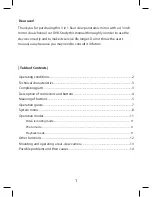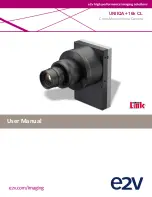
V1.02
Thom Hogan’s Complete Guide to the Nikon D300
Page 104
500 images when my battery is low when shooting
NEF images.
•
Charging Life
(charging life) tells you about how
many more uses you can get out of this battery before
you need to replace it. When the small yellow
triangular indicator is above the right edge of the bar
and reads
4
, you should consider retiring the battery
and obtaining a new one, as it won’t be able to hold
charges well.
Image Storage
While the D300 has an internal memory buffer that
temporarily
stores data obtained from the sensor, it uses a
CompactFlash memory card to permanently store digital
images.
When you take a picture, the electrons stored in sensor are
converted to digital values (initially 12-bits in the case of JPEG
and TIFF, 12-bits or 14-bits depending upon what you choose
in the case of NEF files), interpreted by the EXPEED image
processing system, and then moved into an internal memory
buffer. Images stored in the internal buffer are moved as soon
as possible to the storage card. After an image is written to the
storage card, the buffer space it used is freed up. Put another
way: on the one side the D300’s sensor and imaging ASIC
(blue items in diagram below) is filling up the buffer, while on
the other side the storage circuitry (green items) is emptying it.
Having a memory buffer is a
very
important concept to
understand, as it has practical implications:
















































